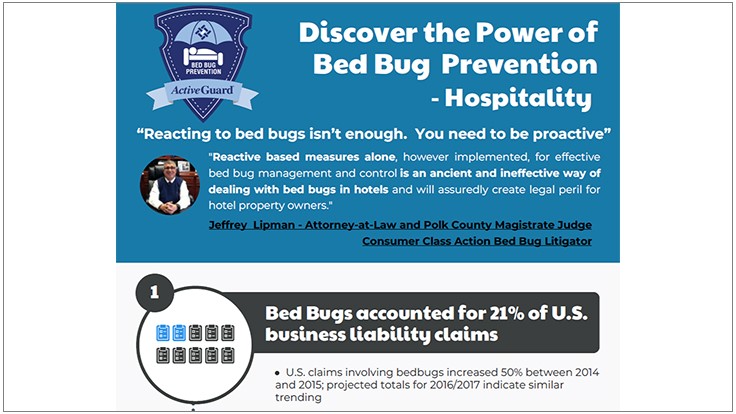Rodent-Proofing Your Attic: Vital Tips For Homeowners
Rodent-Proofing Your Attic: Vital Tips For Homeowners
Blog Article
Web Content Written By-Jenkins Bay
Visualize your attic as a cozy Airbnb for rodents, with insulation as cosy as hotel pillows and circuitry much more attracting than room solution. Now, picture these unwanted visitors throwing a wild event in your home while you're away. As a property owner, guaranteeing your attic room is rodent-proof is not nearly satisfaction; it's about shielding your home and loved ones. So, what easy actions can you require to guard your refuge from these fuzzy trespassers?
Check for Access Information
To begin rodent-proofing your attic room, inspect for entry factors. Begin by meticulously checking out the exterior of your home, searching for any type of openings that rats could use to gain access to your attic. Check for first choice pest control ratings around utility lines, vents, and pipes, along with any kind of cracks or holes in the structure or home siding. Ensure to pay close attention to areas where various structure materials fulfill, as these prevail access factors for rodents.
In addition, evaluate the roofing for any kind of damaged or missing tiles, as well as any type of voids around the edges where rats might press with. Inside the attic room, search for indicators of existing rodent task such as droppings, chewed cables, or nesting materials. Make use of a flashlight to thoroughly examine dark edges and covert rooms.
Seal Cracks and Gaps
Inspect your attic room extensively for any type of fractures and spaces that need to be secured to avoid rats from going into. linked webpage can squeeze via even the tiniest openings, so it's essential to secure any kind of potential entrance points. Examine around pipelines, vents, wires, and where the walls meet the roofing. Utilize a combination of steel wool and caulking to seal these openings efficiently. Steel woollen is a superb deterrent as rodents can not eat through it. Make certain that all voids are securely sealed to deny access to unwanted parasites.
Don't neglect the relevance of sealing gaps around doors and windows as well. Usage weather condition removing or door moves to seal these areas efficiently. Inspect the locations where energy lines enter the attic and seal them off using an ideal sealant. By putting in the time to secure all cracks and voids in your attic, you develop an obstacle that rodents will certainly locate tough to breach. Avoidance is type in rodent-proofing your attic room, so be extensive in your efforts to seal any kind of prospective entrance points.
Get Rid Of Food Sources
Take aggressive actions to get rid of or save all possible food resources in your attic room to deter rats from infesting the area. decatur pest control are attracted to food, so eliminating their food resources is critical in maintaining them out of your attic.
Here's what you can do:
1. ** Shop food safely **: Prevent leaving any type of food things in the attic. Shop all food in impermeable containers constructed from metal or durable plastic to prevent rats from accessing them.
2. ** Clean up debris **: Remove any kind of stacks of particles, such as old newspapers, cardboard boxes, or timber scraps, that rats could make use of as nesting product or food sources. Keep the attic room clutter-free to make it less appealing to rats.
3. ** Dispose of rubbish correctly **: If you use your attic room for storage and have trash or waste up there, see to it to dispose of it consistently and effectively. Decaying trash bin bring in rats, so maintain the attic room clean and without any natural waste.
Final thought
In conclusion, keep in mind that an ounce of avoidance is worth an extra pound of treatment when it involves rodent-proofing your attic room.
By putting in the time to inspect for entry factors, seal splits and gaps, and eliminate food resources, you can keep unwanted insects at bay.
Remember, 'An ounce of prevention deserves a pound of treatment' - Benjamin Franklin.
Remain positive and secure your home from rodent problems.
